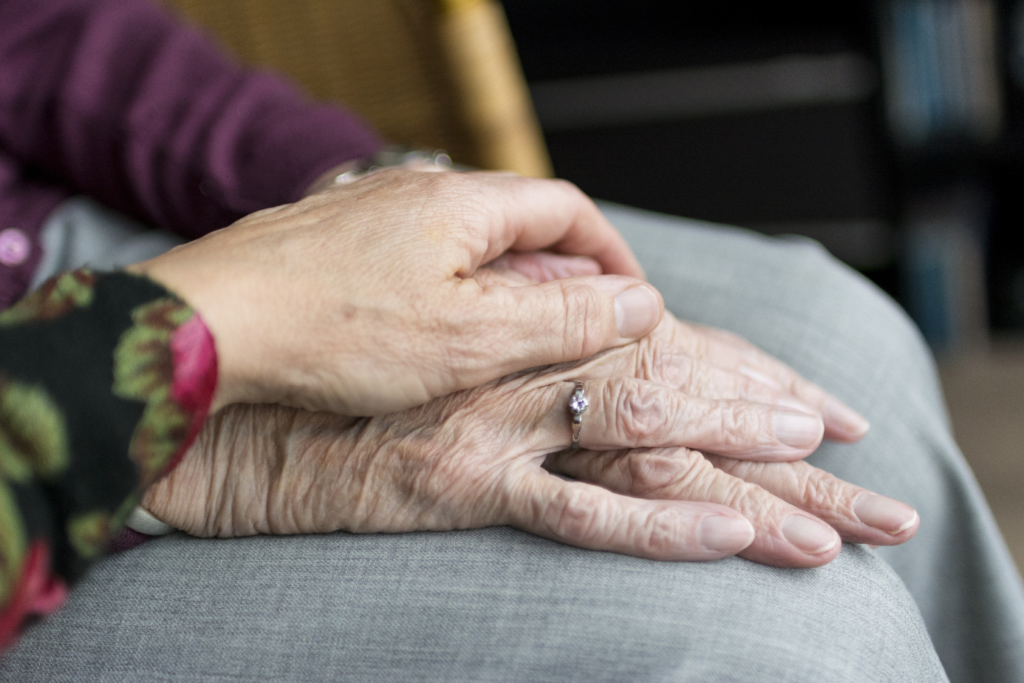How to Spot the Signs and Offer Support
As we age, maintaining strong social connections becomes more important than ever. Yet, many older adults find themselves experiencing isolation and loneliness due to factors like retirement, the loss of loved ones, mobility challenges, or health issues. According to the National Institute on Aging, social isolation and loneliness are not just emotional concerns—they’re linked to serious health risks, including depression, cognitive decline, heart disease, and even premature death.
Recognizing the Signs of Isolation and Loneliness
It’s not always easy to tell when an older adult is struggling with isolation, especially if they try to put on a brave face. However, there are warning signs to watch for:
- Withdrawal from activities or social events they once enjoyed
- Changes in mood, such as increased irritability, sadness, or anxiety
- Neglect of personal hygiene or home cleanliness
- Unexplained weight loss or poor eating habits
- Lack of interest in communicating—not returning calls or avoiding conversations
- Cognitive changes, like forgetfulness or confusion, that seem to be worsening
These symptoms can sometimes be mistaken for normal aging or medical issues, so it’s important to view them through a broader lens.

How to Help: Meaningful Ways to Offer Support
Fortunately, there are many ways family members, friends, and communities can help reduce feelings of isolation among seniors:
1. Stay Connected
Make regular phone or video calls. Even short check-ins can make a world of difference. Encourage other friends and family members to reach out as well.
2. Encourage Social Opportunities
Support participation in community groups, senior centers, religious services, or hobby clubs. Many communities offer programs specifically for older adults to connect and stay engaged.
3. Promote Intergenerational Interaction
Fostering relationships between seniors and younger generations—whether through grandchildren, neighbors, or volunteer programs—can bring fresh energy and mutual joy.
4. Support Transportation Options
Many older adults lose social opportunities when they no longer drive. Help arrange rides to events, appointments, or social gatherings. Public transit, senior shuttles, or rideshare apps can also be helpful.
5. Check in on Neighbors
If you have older neighbors, a simple knock on the door to say hello or offer to help with errands can create connection and build community.
6. Use Technology Thoughtfully
Teach seniors how to use smartphones, tablets, or voice assistants for video chats, social media, and entertainment. Technology can’t replace face-to-face contact, but it can bridge the gap when needed.
7. Involve Healthcare Providers
If signs of depression or cognitive decline are present, encourage a visit to a healthcare professional. Loneliness can mask or worsen other health issues.
Helpful Resources
If you or someone you know is experiencing a mental health crisis or needs emotional support, help is available:
- 988 Suicide & Crisis Lifeline: Dial 988 or visit 988lifeline.org for free, confidential support 24/7.
- Crisis Text Line: Text HELLO to 741741 for support via text message, anytime.
- National Institute on Aging: Resources on loneliness and social isolation.
- Eldercare Locator: A public service from the U.S. Administration on Aging—call 1-800-677-1116 or visit eldercare.acl.gov to find local support services.
- SAMHSA’s National Helpline: Call 1-800-662-HELP (4357) for treatment referrals and information about mental health and substance use.
Loneliness and isolation are silent challenges facing many older adults, but they don’t have to be part of aging. With awareness, compassion, and intentional support, we can all play a role in keeping the older members of our community connected, valued, and engaged.

